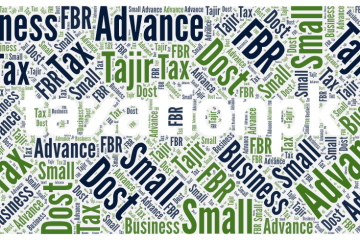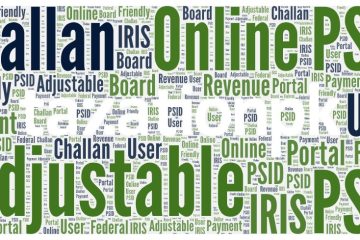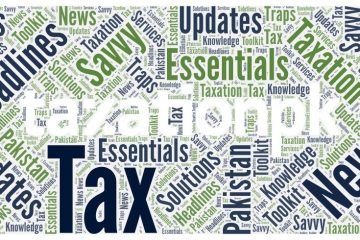Understanding Nil Returns
A nil income tax return is filed by individuals or entities who have not earned any taxable income during the year. This type of return is applicable to those who:
- Had no Salary income for the year.
- Did not earn any Business income despite being a resident.
Types of Nil Returns:
There are two primary types of nil returns:
- Nil Income Return: This is filed when an individual has no income for the year.
- Nil Assets Return: This is filed when there are no changes to your assets compared to the previous year’s return.
Steps to File a Nil Income Tax Return:
- Open the Return Form: Access the online filing portal Iris provided by the Federal Board of Revenue (FBR).
- Enter Nil Values: In the expenses and assets columns of the return form, enter “0” or “nil” to indicate no income or changes in assets. If there were past assets , leave it as it is.
- Verify PIN Code: Enter the correct PIN code to authenticate your submission.
- Submit the Return: Click the “Submit” button to finalize your nil return.
Additional Considerations for Non-Residents:
If you were a non-resident during the year, you must select the “Non-Resident” option from the attribute tab in the IRIS portal.
Benefits of Filing a Nil Return:
- Maintaining Tax Records: Filing a nil return helps maintain a complete record of your tax filings. And you remain an Active Taxpayer in tax records
- Avoiding Penalties: Failure to file a return, even if you have no income, can lead to penalties. Filing a nil return ensures compliance.
- Future Reference: A nil return can serve as a reference for future tax filings and potential claims.
Important Note:While filing Nil Returns assures compliance but it is not a recommended approach. This is one of the Audit Tools set by FBR. So if you are filing a Nil Return brace yourself for the coming Audit by FBR
Conclusion:
Filing a nil income tax return is a straightforward process that ensures compliance with tax regulations. By following the outlined steps, individuals can easily submit their nil returns and avoid any penalties associated with non-filing.
It’s a common misconception that if you don’t have any income, you don’t need to file a tax return. Even if you haven’t earned any income during the year, you may still be required to file a nil return. This ensures that your tax records are complete and up-to-date, preventing any potential penalties or issues in the future.







